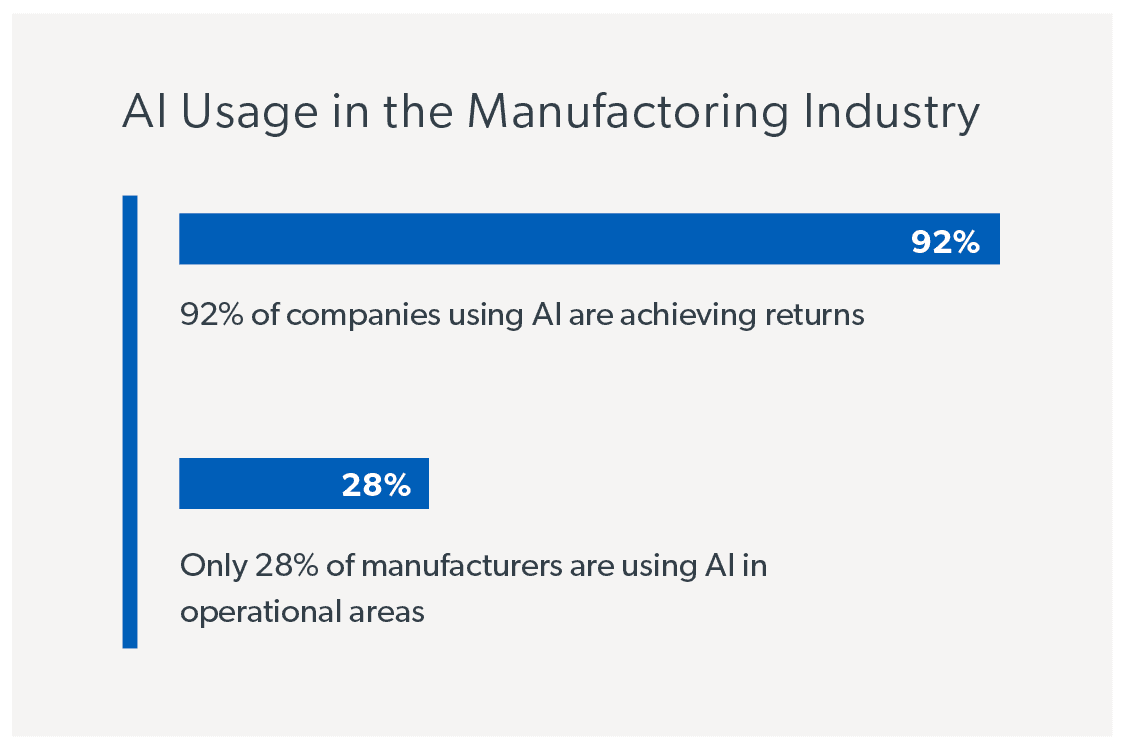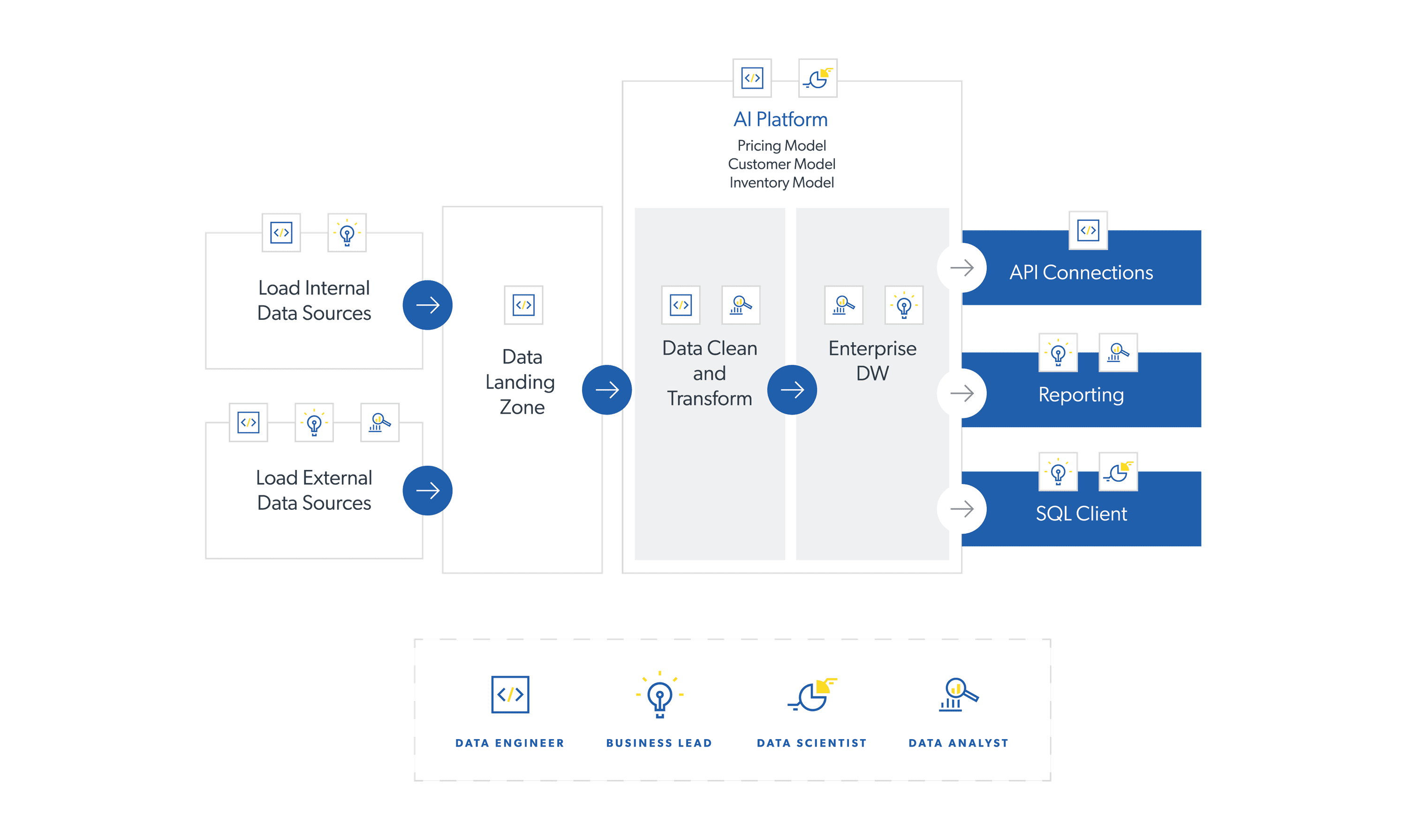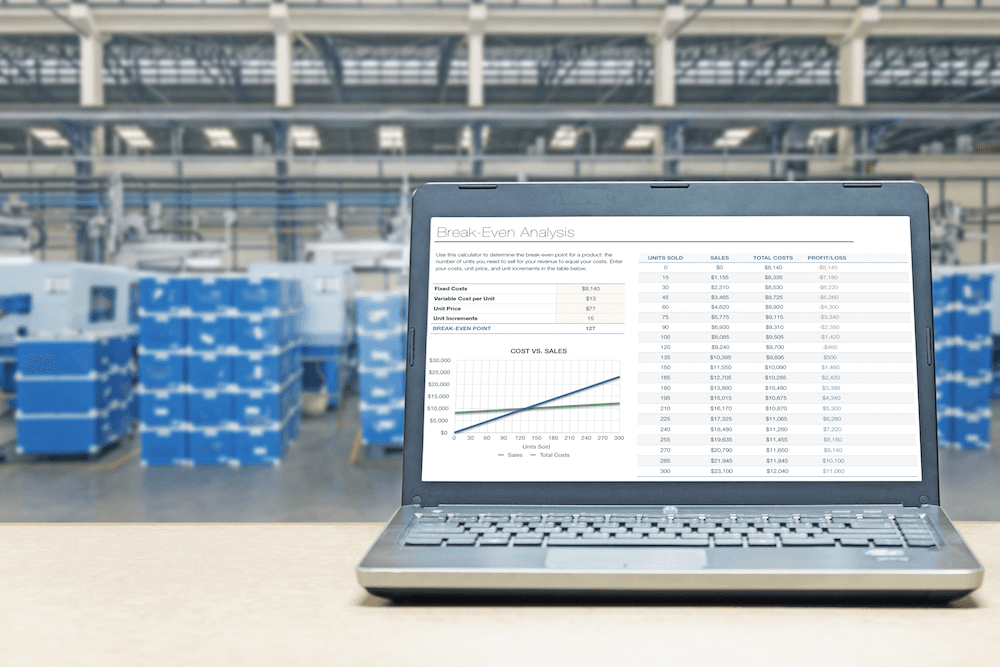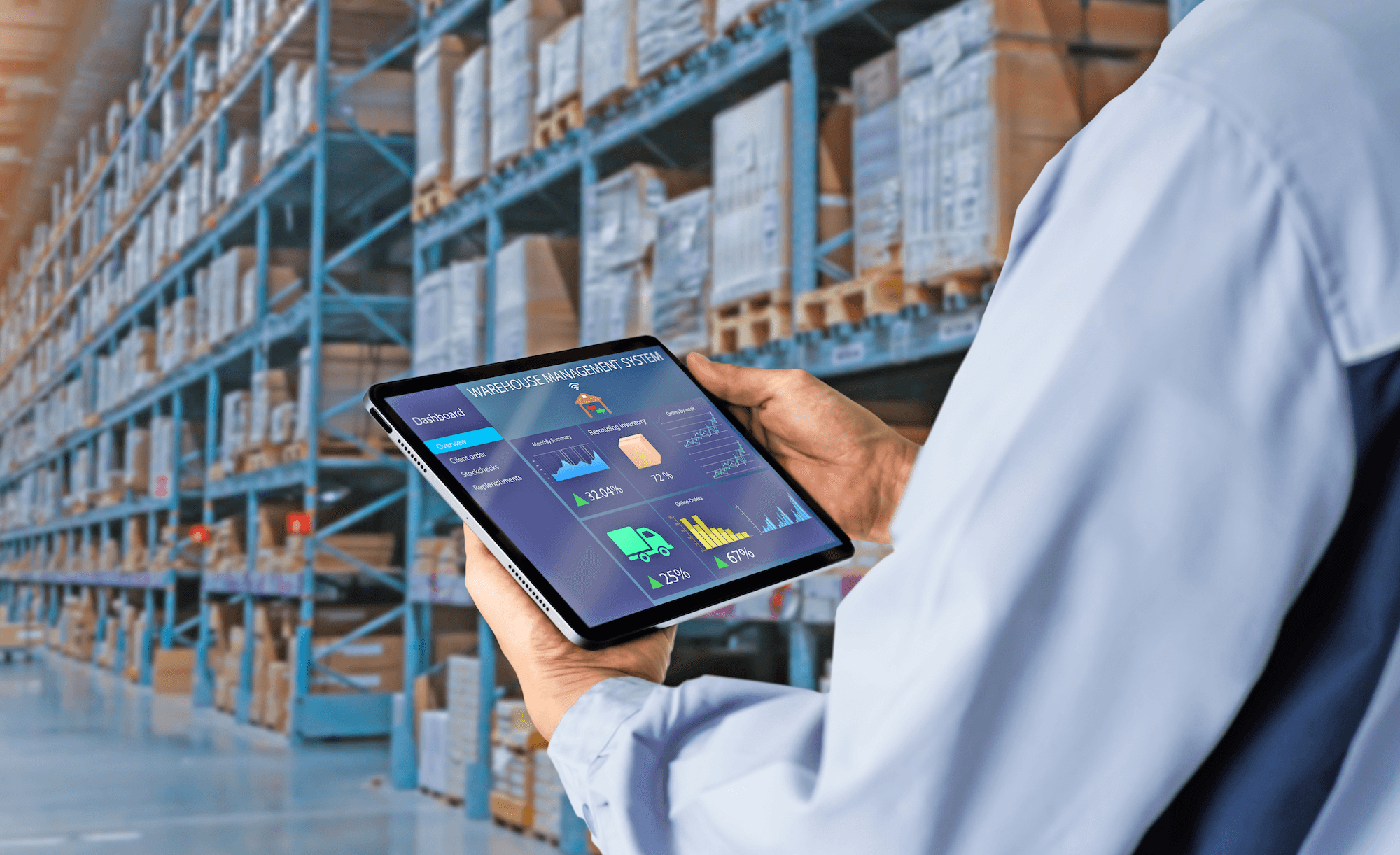Articles October 19, 2023
How AI-Powered Data Automation Can Transform the Manufacturing Industry


Optimize Your Whole Business
Data Orchestration
Cloud Data Platform
Optimizing Revenue with Data Automation
Optimizing Customers
Optimizing Inventory
Becoming a Modern Data Organization
Download this PDF
Learn More
Michael Monsilovich
Managing Director
As a Senior Account Executive, Mike serves clients within the Materials, Manufacturing, and Construction industries. Leveraging his understanding of industry-specific challenges and technology-driven solutions, he guides clients to use innovative IT strategies which enable operational efficiency and business growth.

Jason Hunter
Director
Jason helps clients define and achieve revenue-generating objectives by implementing data-driven, AI/ML solutions and by leading multi-functional teams of data engineers and data scientists across projects with a focus on data contextualization, delivery, and client satisfaction.






